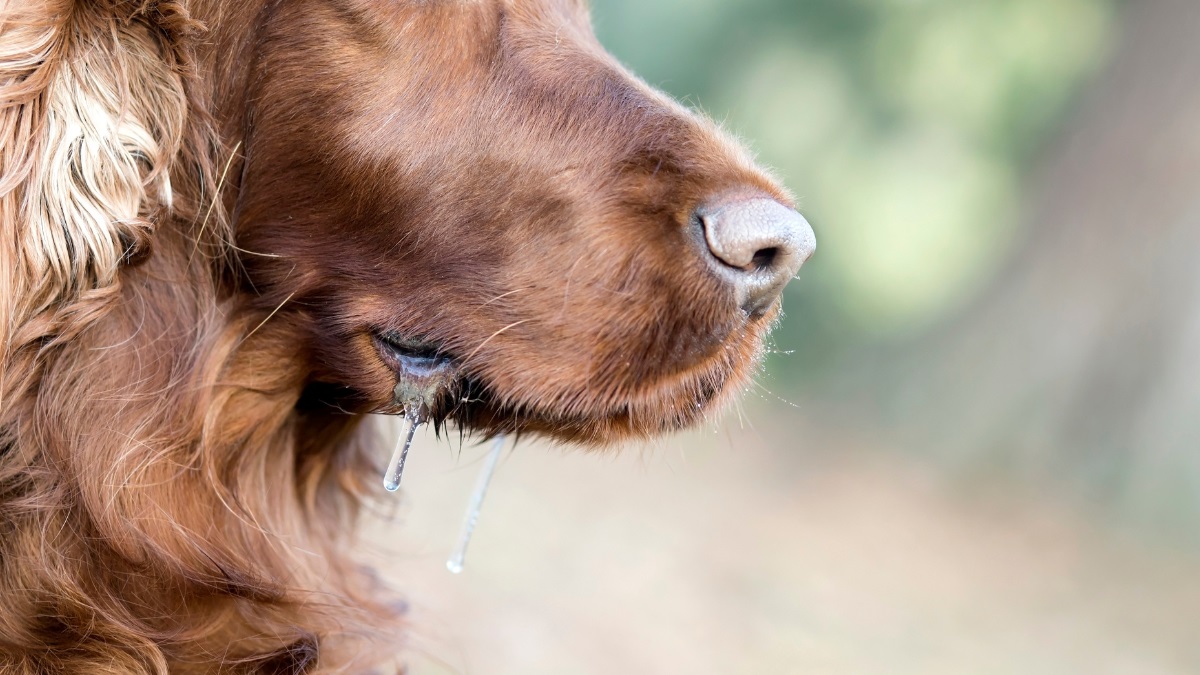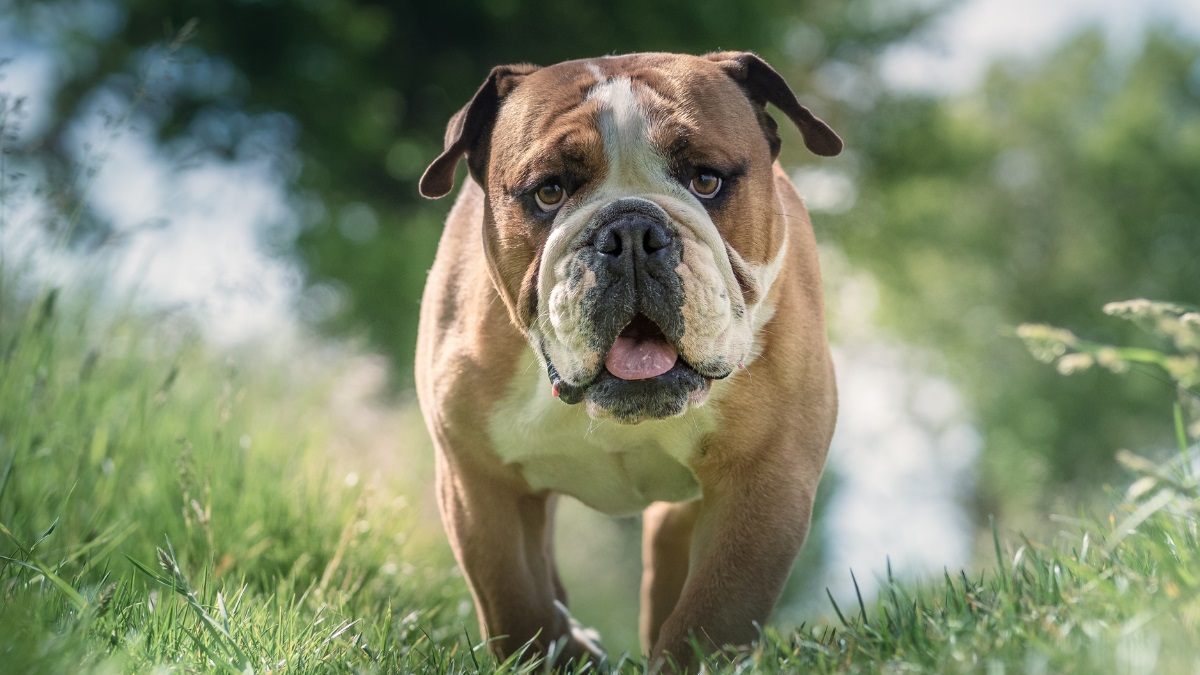Do you need help?

When temperatures rise, dogs are at risk of overheating quickly, and the consequences can be life-threatening. Understanding the signs of heat stroke in dogs and how to prevent it is essential for every responsible pet owner.
If you suspect your dog may be suffering from heat stroke, contact your vet immediately. If it’s out-of-hours, get in touch with your nearest Vets Now pet emergency clinic or Vets Now 24/7 hospital for urgent care.
What Is heatstroke in dogs?
Heatstroke, also known as nonpyrogenic hyperthermia, is a condition where a dog’s body temperature rises dangerously high. This is not due to infection or fever, but due to external heat. When dogs can no longer self-regulate, their organs start to shut down – making this a medical emergency.
Unlike humans, dogs don’t sweat efficiently. They only have sweat glands in their paw pads and around their noses. Instead, they rely on panting to regulate their body temperature. When panting isn’t enough, especially in hot, humid conditions, dogs can quickly succumb to heat stroke.
Common causes of heatstroke in dogs
There are two main types of heatstroke:
1. Exertional heatstroke
It occurs during exercise or play, especially on hot days when a dog hasn’t had time to adjust to the heat. Dogs need several weeks to acclimatise to warm weather, which can be unpredictable in places like the UK.
2. Non-exertional heatstroke
This happens when a dog is left in a hot environment with no ventilation, shade, or access to water – like a parked car, a sunny garden, or a poorly ventilated room.

Signs of heatstroke in dogs
Detecting heat stroke early and treating it promptly is essential for your dog to recover successfully. As it’s difficult to detect heat exhaustion in the early stages, it’s a good idea to learn how to take your dog’s temperature. You can do this using a rectal thermometer or an ear thermometer, although these can be less accurate if not used properly.
Watch for:
- Heavy panting or drooling
- Vomiting or diarrhoea
- Unsteady legs
- Glassy eyes
- Racing heart
- Excessive thirst

Breeds most at risk of heatstroke
While all dogs are vulnerable to heatstroke, certain breeds are at higher risk:
- Flat-faced (brachycephalic) breeds like Bulldogs, Pugs, and Shih Tzus
- Overweight or obese dogs
- Older dogs or those with underlying health issues
- Dogs with double coats
Is your dog at high risk? Click here to download our helpful infographic
Triggers of heatstroke
The following triggers can cause heatstroke in dogs:
- Exercise – Vigorous activity in hot weather can easily overheat your dog
- Hot outdoors – Simply being outside on a hot day, even without exercise, can be dangerous
- Hot vehicles – Leaving your dog in a parked car, even for a few minutes, can rapidly lead to heatstroke
- Seizures – Can raise a dog’s body temperature to dangerous levels
- Hot indoors – Homes without adequate airflow or cooling can pose a risk to your dog
- Stressful environments – Anxiety and stress can also increase body temperature and make dogs more vulnerable to heatstroke
If you’re ever in doubt about your dog’s condition, don’t hesitate and make sure to contact your vet or if it’s out-of-hours, your nearest Vets Now clinic.

